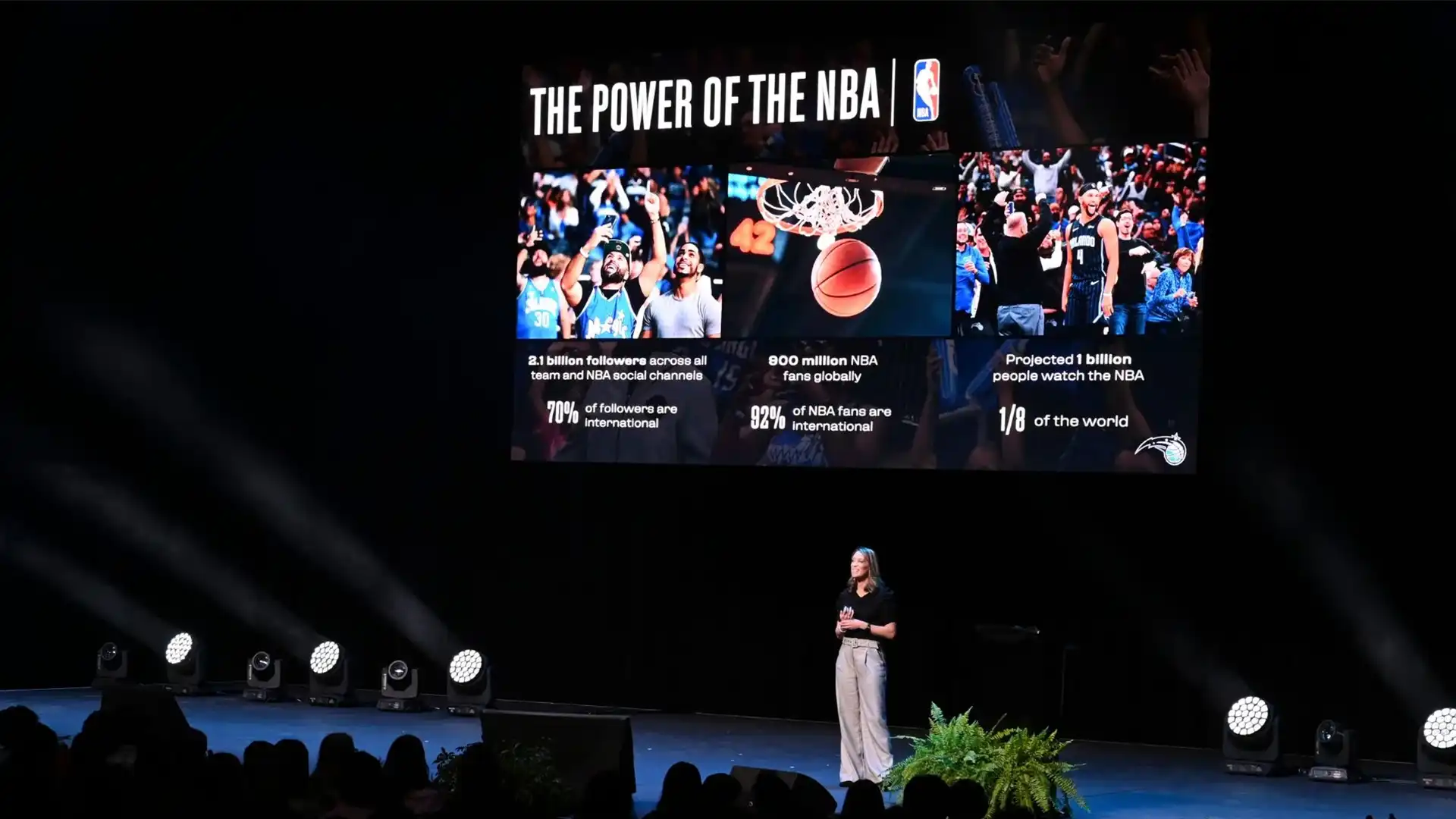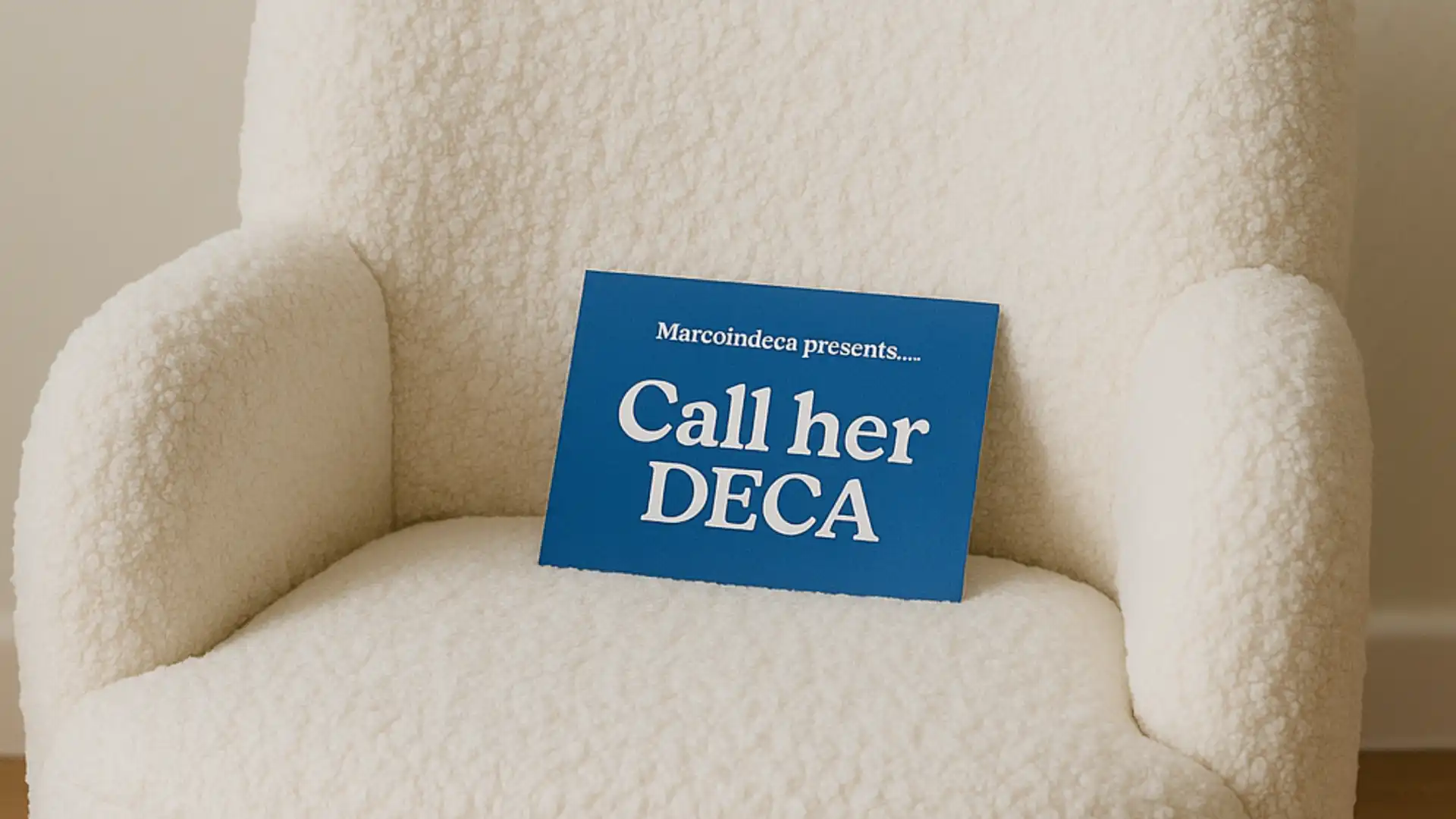By Myles Frueh | Alexandria Technical and Community College, MN
Let’s face it, speaking in public can be scary. Even professionals still feel nervous at times! The real question is, what tools are available to help turn those nerves into power?
In this article, I’m going to cover some of the tools I’ve learned over the years that have helped me get over my fear of public speaking.
Ground Yourself
One of the biggest mistakes I see when people speak in public is that they move around too much. If your movement has a purpose behind it, then it is justified! Ensure the gestures are above the waist, precise and clear. Ground yourself into the floor. All of these tools help ensure that there aren’t unnecessary movements, such as frantically going across the room, swaying back and forth or being confused about what to do with your hands.
Be Vocal
Once you have the floor, make your words pop! Many times, speakers have a great message, but if the audience can’t hear what is being said, then what’s the point? Always articulate your words, ensuring they are crisp and clear so that your audience can understand you. Speaking more slowly can help you be successful with this. Take your time and make sure every word is spoken with purpose. Additionally, make sure the audience can hear you. Talk loud and make sure that your voice is projected outwards. You have the floor; your words are full of purpose. Make sure you remember that.
Confidence
Be confident in yourself. One of the greatest myths of our time is the belief in embarrassment. What a joy it is to feel embarrassed, to feel a sense of failure. Because in those feelings is the truth that you tried, that you gave it a shot. Nobody knows your speech, what you’re going to say. Don’t feel upset that you may have messed up a word or two; take that as a sign that you might need to slow down, add some gestures, or even take a breath. If you are confident in what you are saying, people will want to listen. Fill your words with action; each one is another step toward the finish line. If a runner stumbles on a step, do they stop the race entirely and give up? No! Neither should you! Pick yourself back up and keep your head up high.
Eye Contact
It can be nerve-racking to look at your audience, so if you focus on their foreheads from a distance, you create the illusion that you are looking at them. Keep your eye contact moving. When you are talking to one or two people face-to-face, it is recommended that you don’t look at their forehead from that close a distance; however, if you look at the bridge of their nose, you can create a similar illusion and speak with easier confidence as you work yourself up to complete eye contact.
Eliminate Filler Words
When you write a speech or you are going to talk to someone, do you purposely add in words like “um, like, uh”? No! Filler words can be distracting in a speech and take away from your overall message. Practicing taking your time can allow you to think about what you’re going to say next, rather than using filler words to do so. By articulating and giving a clear message, you are focusing on getting your message out there, rather than thinking about how quickly you can convey it.
It Takes Time
You won’t become a master of public speaking overnight, but don’t worry, you’re in the same boat as everyone else! Practice in the mirror, with friends, parents or even random strangers on the street. Use the tools in this article to carry with you, and in time, you will become your own master of public speaking.














